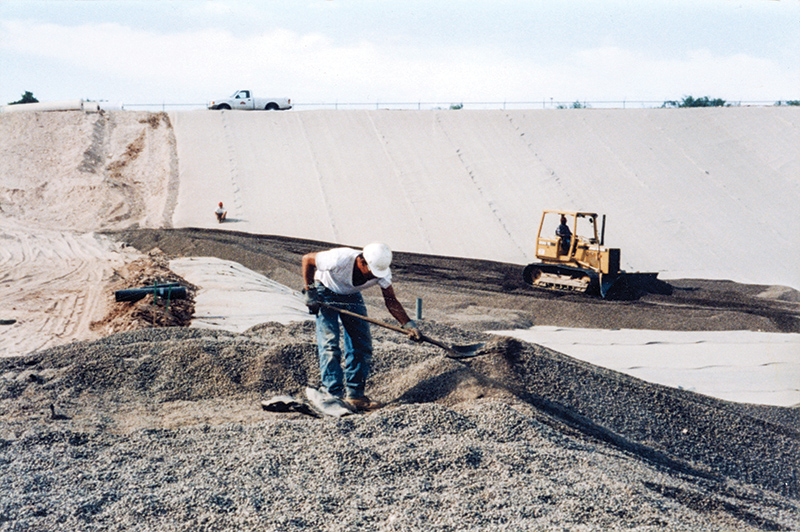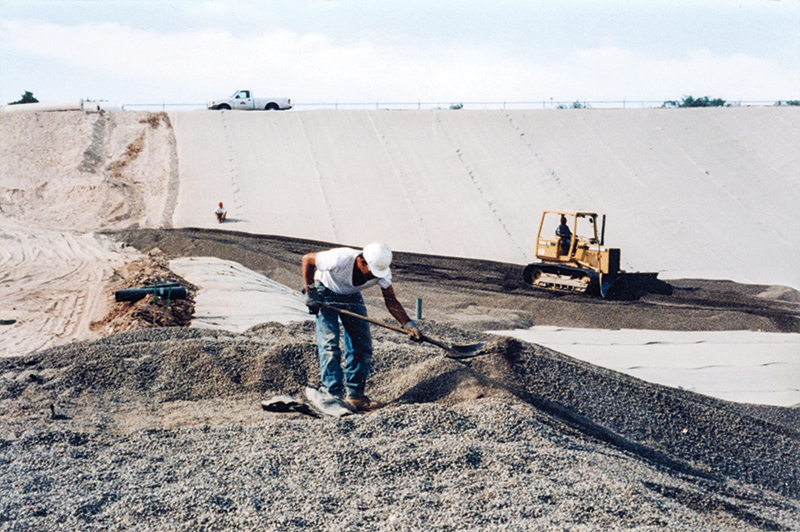A Look Back: Solutions for Solid Waste

![]()
This article is part of our continuing coverage of our 125th anniversary. It is adapted from Continuing the Journey, our book that covers Freese and Nichols history from 1995 through 2015. Read the book online or request a print copy from news@freese.com.
In the 1980s and ’90s, solid waste management emerged as an important service area as Texas cities worked to comply with new federal environmental regulations. As they decided whether to upgrade their landfills or close them, Freese and Nichols guided them through the process. Our firm designed landfills and transfer stations; assisted with permitting; performed groundwater and methane testing and other environmental monitoring; and planned post-closure usage. Additionally, Freese and Nichols worked with state agencies on the development of standards for waste disposal.
Because of the more stringent regulations, many cities opted to contract with private waste haulers instead of operating their own landfills. As the few others finished their necessary upgrades, work opportunities tapered off through the mid-2000s. By the end of the decade, Freese and Nichols had largely stopped pursuing solid waste projects.
Above: Freese and Nichols brought the City of Snyder, Texas, landfill into compliance with federal environmental regulations in the mid-1990s. Its geosynthetic clay liner design was the first of its kind in Texas and was expected to save the City $3 million over the life of the facility.
Left: In 1996, Silver Creek Materials outside of Fort Worth became the first registered large-scale compost facility in Texas. It is designed to receive 650 tons of municipal solid-waste organics per day.
Below: Landfill construction work in Odessa, Texas, in 1994.



